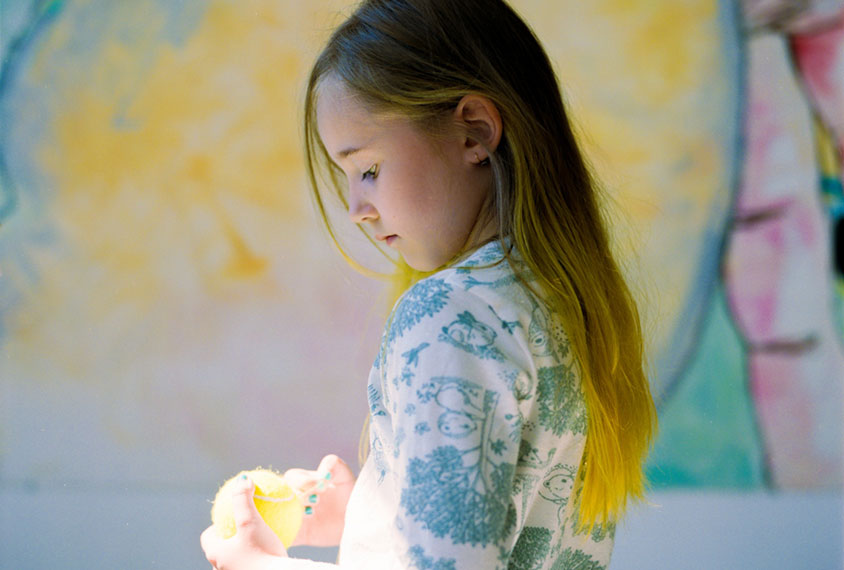Svetlana Bulatova was born in 1991. She is a graduate specialist in historical studies. Svetlana proceeded to develop her interest in social studies and various communities through documentary photography. Studied at Faculty of Photojournalism and Academy documentary photography and photojournalism Fotografika (St.Petersburg). Svetlana has developed her practice in international programs: Danish School of Media and Journalism and NOOR-Nikon visual journalism workshop «Developing your Transmedia & Long-term Project» (Bayeux, France).
In 2018 Svetlana joined to “Women Photograph” organization.
Svetlana’s works were published in National Geographic (USA), The Calvert Journal, EEP Berlin, Scena9, Roads & Kingdoms, Here Magazine, The Morning Calm, Russian Reporter, Takie Dela, Zapovednik, The Paper and among others. She works individually focused on long-term projects. Since 2016 Svetlana has been working in North Caucasus.
Currently lives and works in St.Petersburg.

Svetlana Bulatova
Photographer
From this contributor
Inside a summer camp for autistic children in Russia
Photographs show how a camp in St. Petersburg this summer helped children on the spectrum and their families find some fun during the pandemic.

Inside a summer camp for autistic children in Russia
Explore more from The Transmitter
Psychedelics research in rodents has a behavior problem
Simple behavioral assays—originally validated as drug-screening tools—fall short in studies that aim to unpack the psychedelic mechanism of action, so some behavioral neuroscientists are developing more nuanced tasks.

Psychedelics research in rodents has a behavior problem
Simple behavioral assays—originally validated as drug-screening tools—fall short in studies that aim to unpack the psychedelic mechanism of action, so some behavioral neuroscientists are developing more nuanced tasks.
New organoid atlas unveils four neurodevelopmental signatures
The comprehensive resource details data on microcephaly, polymicrogyria, epilepsy and intellectual disability from 352 people.

New organoid atlas unveils four neurodevelopmental signatures
The comprehensive resource details data on microcephaly, polymicrogyria, epilepsy and intellectual disability from 352 people.
Can neuroscientists decode memories solely from a map of synaptic connections?
Five experts discuss the progress, possibilities and hurdles of decoding a “nontrivial” memory from an organism just by analyzing its brain connectivity patterns.
Can neuroscientists decode memories solely from a map of synaptic connections?
Five experts discuss the progress, possibilities and hurdles of decoding a “nontrivial” memory from an organism just by analyzing its brain connectivity patterns.